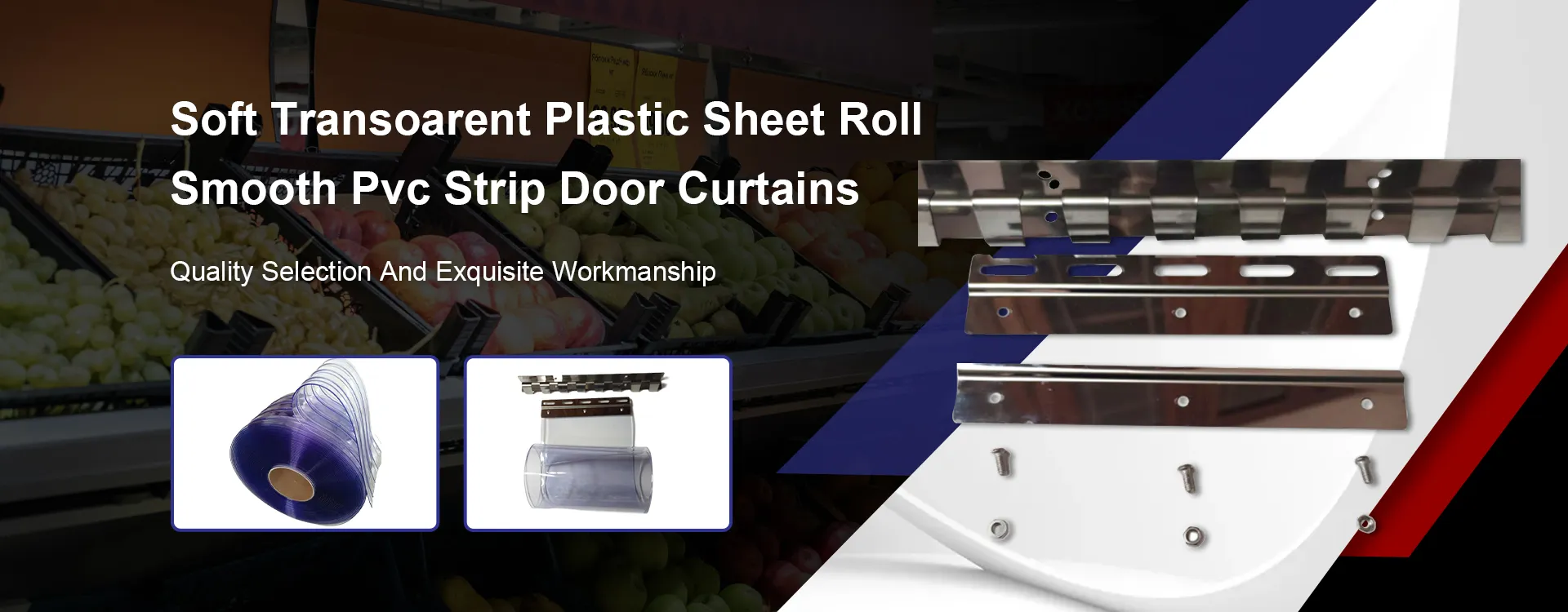- Afrikaans
- Albanian
- Amharic
- Arabic
- Armenian
- Azerbaijani
- Basque
- Belarusian
- Bengali
- Bosnian
- Bulgarian
- Catalan
- Cebuano
- Corsican
- Croatian
- Czech
- Danish
- Dutch
- English
- Esperanto
- Estonian
- Finnish
- French
- Frisian
- Galician
- Georgian
- German
- Greek
- Gujarati
- Haitian Creole
- hausa
- hawaiian
- Hebrew
- Hindi
- Miao
- Hungarian
- Icelandic
- igbo
- Indonesian
- irish
- Italian
- Japanese
- Javanese
- Kannada
- kazakh
- Khmer
- Rwandese
- Korean
- Kurdish
- Kyrgyz
- Lao
- Latin
- Latvian
- Lithuanian
- Luxembourgish
- Macedonian
- Malgashi
- Malay
- Malayalam
- Maltese
- Maori
- Marathi
- Mongolian
- Myanmar
- Nepali
- Norwegian
- Norwegian
- Occitan
- Pashto
- Persian
- Polish
- Portuguese
- Punjabi
- Romanian
- Russian
- Samoan
- Scottish Gaelic
- Serbian
- Sesotho
- Shona
- Sindhi
- Sinhala
- Slovak
- Slovenian
- Somali
- Spanish
- Sundanese
- Swahili
- Swedish
- Tagalog
- Tajik
- Tamil
- Tatar
- Telugu
- Thai
- Turkish
- Turkmen
- Ukrainian
- Urdu
- Uighur
- Uzbek
- Vietnamese
- Welsh
- Bantu
- Yiddish
- Yoruba
- Zulu
Benefits of Installing Industrial Curtains in Workspaces for Enhanced Privacy and Efficiency
The Importance of Industrial Curtains in Modern Manufacturing
In the bustling world of manufacturing, efficiency and safety are paramount. One of the often-overlooked solutions that can significantly enhance both aspects is the industrial curtain. Industrial curtains, also known as partition curtains, are functional, versatile, and cost-effective tools that aid in organizing workspace, controlling temperature, and protecting employees and machinery.
What Are Industrial Curtains?
Industrial curtains are flexible barriers made from heavy-duty vinyl or similar materials, designed specifically for high-traffic, industrial environments. They can be custom-made to different sizes and specifications, providing a tailored solution for warehouses, factories, and workshops. These curtains can be used to create temporary or permanent barriers, separate work areas, and manage workflows efficiently.
Space Optimization and Workflow Efficiency
In a manufacturing environment, space is often at a premium. Industrial curtains can be used to optimize the available space by creating distinct work zones within large areas. For example, an assembly line can be separated from inventory storage, preventing congestion and allowing for smoother transitions between different stages of production. By clearly defining specific areas, industrial curtains help streamline workflows, minimizing the risk of accidents while increasing productivity.
Thermal and Environmental Control
Temperature control is critical in many manufacturing processes, especially when working with sensitive materials. Industrial curtains help maintain desired temperatures by acting as a barrier against drafts, dust, and unwanted air infiltration. This is particularly beneficial in environments like cold storage facilities or areas requiring climate control for specific processes. By keeping the temperature consistent, businesses can enhance product quality while saving on energy costs.
Safety and Hygiene
industrial curtain

Safety in the workplace is non-negotiable. Industrial curtains can contribute significantly to creating a safer working environment. By segmenting areas where specific processes take place, such as welding or painting, industrial curtains prevent distractions and help to keep hazardous materials contained. This reduces the likelihood of accidents and improves compliance with occupational safety regulations.
Moreover, in industries where sanitation is crucial, such as food processing, industrial curtains can be employed to minimize contamination. They allow for the easy segregation of clean and unclean areas, thus supporting stringent hygiene protocols.
Sound Dampening Benefits
Manufacturing facilities are often rife with noise, which can be detrimental to focus, communication, and overall employee well-being. Heavy-duty industrial curtains can also provide sound dampening properties, absorbing excess noise and creating a more conducive work atmosphere. This leads to improved concentration among employees, ultimately boosting productivity and morale.
Cost-Effectiveness
One of the most appealing aspects of industrial curtains is their cost-effectiveness. Compared to building permanent walls, industrial curtains require a fraction of the investment. They are easy to install and can be reconfigured or relocated with minimal effort. This flexibility allows businesses to adapt their layouts as needs change, further enhancing operational efficiency.
Conclusion
In conclusion, industrial curtains are an invaluable asset in the modern manufacturing landscape. They provide a multitude of benefits ranging from improved workflow efficiency and environmental control to enhanced safety and cost-effectiveness. As industries continue to evolve and demand more adaptable solutions, industrial curtains will undoubtedly play a pivotal role in shaping the future of manufacturing environments. Investing in such practical solutions not only preserves resources but also lays the foundation for a safer, more organized, and more productive workplace.
-
Industrial Plastic Curtains for Efficient Temperature Control Durable Strip Doors for Butchers & RefrigeratorsNewsJul.07,2025
-
High-Quality PVC Door Curtain – Magnetic & Transparent Options for Efficient SeparationNewsJul.07,2025
-
High-Quality 냉장실용 커튼 for Efficient Cooling Durable PVC Coated Wire Mesh RollosNewsJul.06,2025
-
Antistatic PVC Strip Curtains – Superior Static Protection & Easy InstallationNewsJul.06,2025
-
Clear Freezer Curtains - Durable Vinyl & Plastic Curtains for Cold Storage SolutionsNewsJul.06,2025
-
Transparent PVC-Folie – Flexible & Durable Clear Plastic Sheets for Versatile UseNewsJul.05,2025



